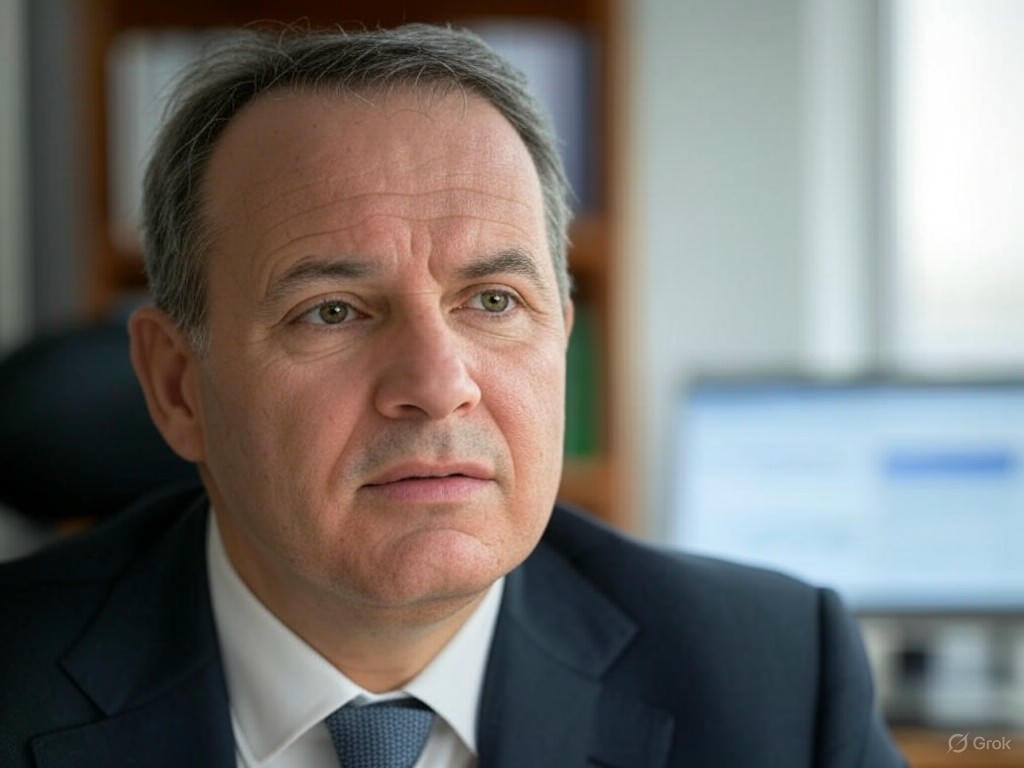The Uncertain Future of a Life-Saving AIDS Program: A Legacy at Risk
In the early 2000s, a groundbreaking initiative emerged to combat the global AIDS crisis, transforming millions of lives. Spearheaded by visionary leaders, the President’s Emergency Plan for AIDS Relief (PEPFAR) became a beacon of hope, credited with rescuing over 25 million people from the clutches of HIV/AIDS. One of its key architects, a dedicated physician with a passion for global health, played an instrumental role in shaping this program under the administration of George W. Bush. His efforts helped establish PEPFAR as a cornerstone of international health efforts, providing critical funding for treatment, prevention, and care in some of the world’s most affected regions.
Today, however, the future of this vital program hangs in the balance. As political winds shift and budgetary priorities are reassessed, concerns are mounting over potential funding cuts that could undermine decades of progress. Recent discussions in Congress, spurred by a proposal from the current administration to scale back financial support, have raised alarms among health advocates and experts. The physician who once guided PEPFAR’s mission has publicly expressed deep worry, warning that slashing resources now could reverse hard-won gains. He emphasizes that the program’s success relies on sustained commitment, not just in dollars but in political will, to ensure that vulnerable populations continue to receive life-saving medications and support.
The stakes couldn’t be higher. PEPFAR has not only provided antiretroviral therapy to millions but has also strengthened health systems in developing nations, empowering communities to fight the epidemic locally. Its holistic approach—combining education, testing, and treatment—has drastically reduced infection rates and given countless individuals a chance at a brighter future. But without consistent funding, these achievements risk unraveling. Experts fear that reduced budgets could lead to shortages of essential drugs, limited access to testing, and a resurgence of preventable deaths. Beyond the numbers, the human toll would be devastating, as families and communities once again face the specter of loss.
As debates unfold in legislative chambers, the global health community watches anxiously. Advocates argue that PEPFAR is not just a program but a moral imperative, a testament to what humanity can achieve when compassion and resources align. The physician who helped build it urges lawmakers to look beyond short-term fiscal concerns and consider the long-term impact of their decisions. He recalls the early days of the crisis, when despair seemed insurmountable, and contrasts it with the hope that PEPFAR has fostered—a hope that must not be extinguished.
The road ahead is uncertain, but one thing is clear: the fight against AIDS is far from over. Protecting PEPFAR’s legacy requires collective action, from policymakers to everyday citizens who can raise their voices for those who cannot. As the world stands at this crossroads, the question remains—will we safeguard a program that has saved millions, or risk losing a lifeline that still holds so much promise?


